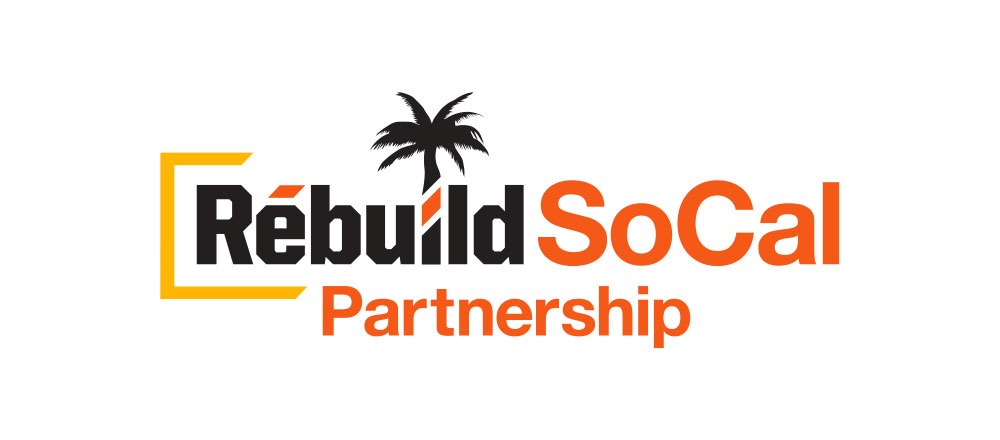- Building on previous state and industry studies, new research evaluates potential pathways to reach 100% carbon neutrality in California by 2045
- Analysis demonstrates how a clean fuels network supports decarbonization and electrification
- Findings outline the role existing natural gas infrastructure can play in advancing clean fuels adoption and achieving the most cost-effective, resilient, and lowest risk pathway to carbon neutrality
LOS ANGELES–Oct. 26, 2021—A new economy-wide technical analysis released today by Southern California Gas Co. (SoCalGas) underscores the essential role that clean fuels like hydrogen and renewable natural gas (RNG) will play in a carbon-neutral California. SoCalGas\’ The Role of Clean Fuels and Gas Infrastructure in Achieving California\’s Net Zero Climate Goal examines the complexity of reaching 100% net zero emissions in California by 2045, and for the first time offers detailed solutions that include the clean fuels1 infrastructure needed to support and accelerate decarbonization efforts. The analysis also offers solutions for the hard-to-abate transportation and industrial sectors and supports existing state climate and energy policies, including resilient and reliable electrification.
“Climate change and the imperative to reduce and eliminate greenhouse gas emissions are driving a transformation of our nation’s entire energy system,” said SoCalGas President Maryam Brown. “Across the United States, electric and gas utilities are re-envisioning how they deliver the energy Americans need. SoCalGas, having set the goal to achieve net zero carbon emissions in everything we do by 2045, is leading the effort in California to accelerate a more equitable and affordable energy transition and to help establish Los Angeles as North America’s first clean fuels hub.”
Key Findings and Analysis
SoCalGas’ technical analysis highlights that a clean fuels network made, in part, by leveraging existing gas infrastructure to deliver clean fuels and to manage carbon can allow California to achieve its net zero goals more affordably and with less risk than pursuing other pathways.
Key takeaways from the new technical analysis include:
- Electrification combined with clean fuels, carbon management, and technologies like fuel cells deliver the most affordable, resilient, and technologically proven path to full carbon neutrality.
- California, by leveraging the gas system to deliver clean fuels and to manage carbon, can reach 100% net zero goals more affordably, more equitably, and with less risk of power disruptions, customer conversion barriers, and technological limitations.
- Rapidly scaling up clean fuels initiatives today is vital to putting a clean fuels network in place in time to help California meet its climate goals. The faster stakeholders can collaboratively act to expand and accelerate clean fuels initiatives, the quicker California can decarbonize.
The technical analysis supporting The Role of Clean Fuels and Gas Infrastructure in Achieving California\’s Net Zero Climate Goal builds on existing climate models used in similar studies previously commissioned by the California Air Resources Board and the California Energy Commission. In addition, the modeling work and results of the technical analysis released today were independently verified by scientists at leading research institutions.
“Clean fuels, including green hydrogen, have an important role to play as California transforms to a carbon neutral economy over the next 20 years,” said Jack Brouwer, director of the National Fuel Cell Research Center and Advanced Power and Energy Program at the University of California, Irvine. “As this analysis shows, a clean fuels network that carries decarbonized gas provides important features of lower cost, massive and long-duration storage, and resiliency that Californians demand.”
“Solving the carbon neutrality puzzle will take the work of many collaborators and numerous technologies to provide resilient, reliable and decarbonized energy, economy-wide,” said Lew Fulton,
Director of the Sustainable Transportation Energy Pathways Program, of the Institute for Transportation Studies at University of California Davis. “SoCalGas’ in-depth analysis, building on
previous studies, shows it can be done, with the development of a clean fuels network.”
“Carbon neutrality goals, whether local, regional or national, cannot be achieved without accounting for ways to decarbonize hard-to-abate sectors of the economy,” said Erin M. Blanton, senior research scholar at the Center on Global Energy Policy at Columbia University’s School of International and Public Affairs. “This analysis shows there is a way to achieve these goals, utilizing California’s vast, existing, natural gas infrastructure.”
SoCalGas’ technical analysis demonstrates that a clean fuels network helps support the most cost-effective, resilient, and lowest risk pathway to full carbon neutrality by:
- Supporting Electricity Decarbonization: As more solar and wind are integrated onto the grid, and as more end uses are electrified, a clean fuels network supports the reliability of the electric grid by providing indispensable, flexible, and dispatchable power at times when renewables are intermittent.
- Providing decarbonized energy for hard-to-abate sectors: clean fuels will be essential to decarbonizing hard-to-abate sectors of the economy like heavy-duty transportation and industrial activities, which currently account for ~20% of California’s greenhouse gas emissions.
- Lowering risk through diversification: The analysis shows a diverse set of decarbonization levers reduces the risk of over-dependence on any one technology.
- Delivering a more affordable and equitable transition: The modeling reveals a clean fuels network is worth between ~$45-$75 billion in savings in transition costs compared to full, economy-wide decarbonization in 2045 with a no fuels network.
SoCalGas Clean Fuel Initiatives
SoCalGas is actively engaged in more than 10 pilot projects related to hydrogen and has partnered with the Green Hydrogen Coalition, Los Angeles Department of Water and Power (LADWP) and other key partners, on HyDeal LA, an initiative to achieve at-scale green hydrogen procurement at $1.50/kilogram in the Los Angeles Basin by 2030.
SoCalGas is also testing and demonstrating transporting hydrogen using existing infrastructure and is collaborating with California’s other gas utilities and with research institutions to develop a hydrogen blending standard for regulatory review.
Aspire 2045
Earlier this year, in support of California’s climate goals, SoCalGas became the largest gas distribution utility in North America to set a net zero emissions goal that includes scopes 1, 2, and 3 GHG emissions. SoCalGas’ Aspire 2045 strategy aligns with the recommendations of the Paris Climate Agreement and reflects the company’s focus on supporting California with a resilient gas grid through the energy transition to support a carbon neutral economy.
To read SoCalGas’ The Role of Clean Fuels and Gas Infrastructure in Achieving California’s Net Zero Climate Goal, visit socalgas.com/cleanfuels.
###
About SoCalGas
Headquartered in Los Angeles, SoCalGas® is the largest gas distribution utility in the United States. SoCalGas delivers affordable, reliable, and increasingly renewable gas service to 21.8 million consumers across 24,000 square miles of Central and Southern California. Gas delivered through the company’s approximately 50,000 miles of service pipelines will continue to play a key role in California’s clean energy transition—providing electric grid reliability and supporting wind and solar energy deployment.
SoCalGas’ mission is to build the cleanest, safest and most innovative energy company in America. In support of that mission, SoCalGas is committed to the goal of achieving net-zero greenhouse gas emissions in its operations and delivery of energy by 2045 and to replacing 20 percent of its traditional natural gas supply to core customers with renewable natural gas (RNG) by 2030. Renewable natural gas is made from waste created by dairy farms, landfills, and wastewater treatment plants. SoCalGas is also committed to investing in its gas delivery infrastructure while keeping bills affordable for customers. SoCalGas is a subsidiary of Sempra (NYSE: SRE), an energy services holding company based in San Diego. For more information visit socalgas.com/newsroom or connect with SoCalGas on Twitter (@SoCalGas), Instagram (@SoCalGas) and Facebook.
Read Full PDF Press Release >>
MEDIA CONTACTS
Chris Gilbride
SoCalGas Office of Media & Public Information
(213) 215-3383
cgilbride@socalgas.com

